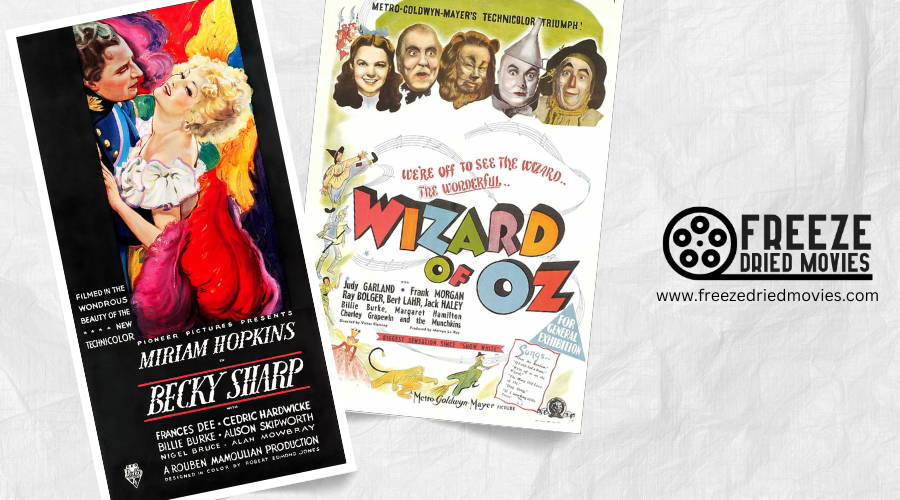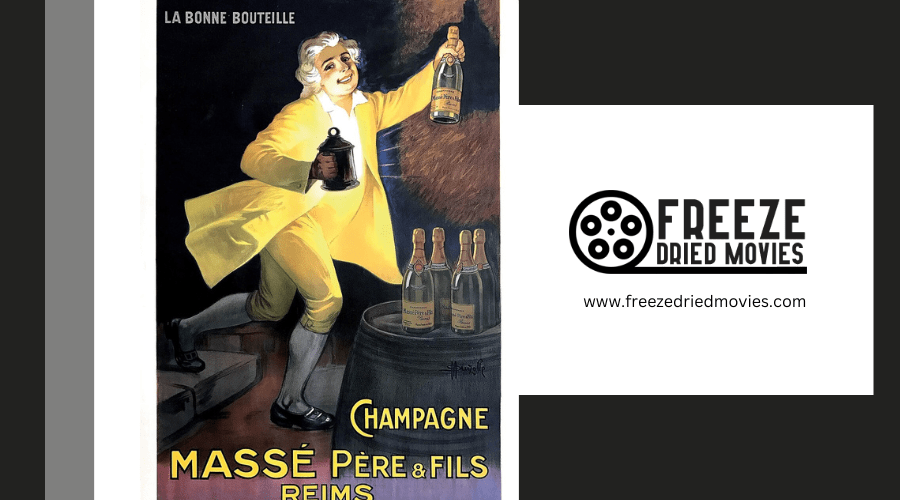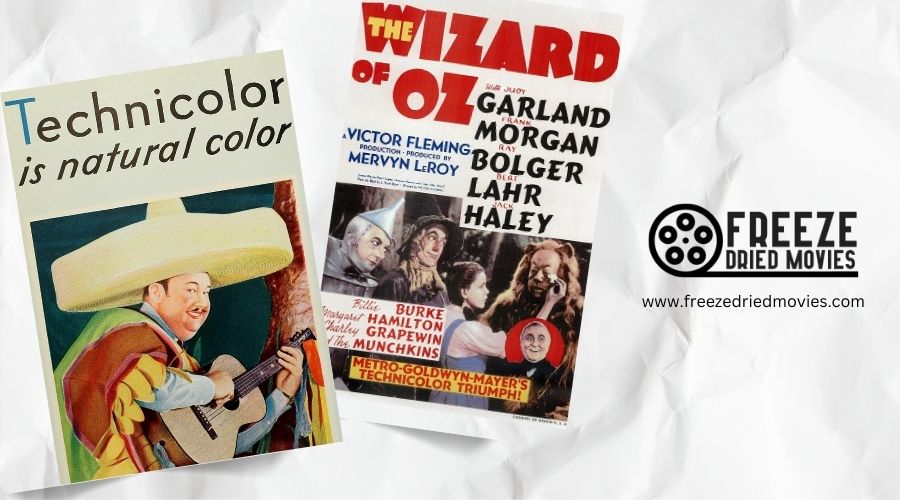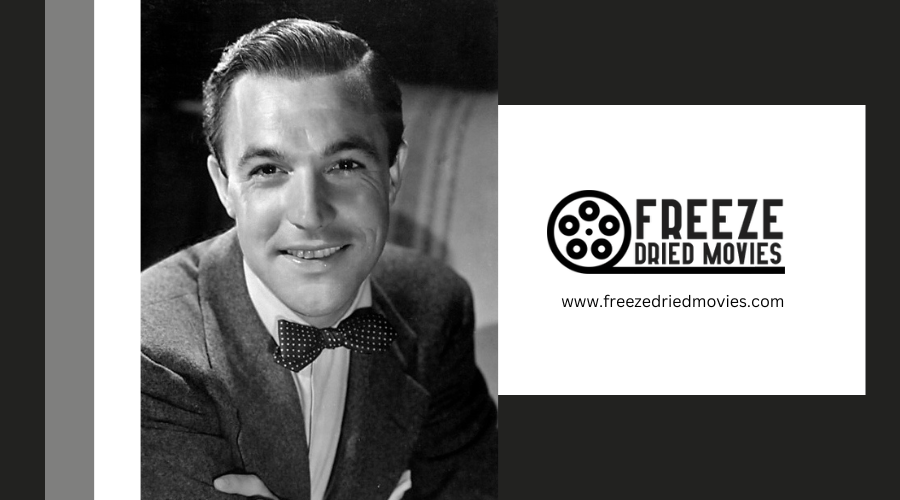When Was Technicolor Used in Movies?

Technicolor first appeared in movies with "The Gulf Between" (1917), but gained commercial success with "The Toll of the Sea" (1922) using its two-color process. The revolutionary three-strip Technicolor process dominated from 1932-1955, reaching its golden age with classics like "Becky Sharp" (1935) and numerous Disney productions. The technology eventually gave way to Eastmancolor in the mid-1950s, but the vibrant aesthetic continues to influence filmmaking today. Discover how this revolutionary technology transformed cinema forever.
Key Takeaways
- Technicolor was first used commercially in films from 1917 with "The Gulf Between," an early experiment using additive color process.
- Two-color Technicolor gained commercial success from 1922-1932, beginning with "The Toll of the Sea."
- The revolutionary three-strip Technicolor process dominated from 1932-1955, reaching its golden age in Hollywood productions.
- "Becky Sharp" (1935) marked the first full-length feature film shot entirely using the three-strip Technicolor process.
- The last unmodified three-strip Technicolor film was "The Ladykillers" (1955) before transitioning to Eastmancolor processes.
The Birth of Technicolor: Early Experiments (1915-1922)
A few determined innovators forever changed cinema history when Herbert Kalmus, Daniel Comstock, and W. Burton Wescott established the Technicolor Motion Picture Corporation in 1915. Their goal was ambitious: develop a color film system without the fringing and flicker that plagued earlier attempts.
Their first Technicolor Process yielded the 58-minute romantic comedy "The Gulf Between" in 1917. Despite being a proof-of-concept, this pioneering color film disappointed audiences. Undeterred by this setback, the team demonstrated quixotic determination, abandoning their initial additive color process for a subtractive approach that would revolutionize filmmaking.
This pivot proved essential, leading to successes like "The Toll of the Sea" (1922) and establishing the foundation for the three-strip Technicolor camera that would eventually transform black and white productions into vibrant color masterpieces. The three-color process that emerged in the 1930s would ultimately revolutionize cinema by introducing dye transfer printing that ensured unprecedented precision and consistency in color reproduction.

Two-Color Technicolor: First Commercial Success (1922-1932)
The breakthrough came in 1922 when "The Toll of the Sea" debuted as Technicolor's first general-release film using their two-color subtractive process. This innovative approach to film processing represented a significant advancement over previous natural color techniques, offering viewers a more vibrant visual experience.
The two-color Technicolor process worked by:
- Creating a negative with red and green filtered records
- Processing these filtered images into a subtractive color print
- Combining them to produce an expanded (though still limited) color palette
- Abandoning the additive color methods Technicolor had deemed unpromising
Throughout the 1920s, you'd find this technology most commonly in musicals and specialty productions. While the red and green combination couldn't capture the full color spectrum, it nevertheless transformed the cinematic landscape with unprecedented visual richness.
This early technique was eventually superseded by the revolutionary three-color process that would fully transform cinema from monochrome to vibrant, lifelike color representation.
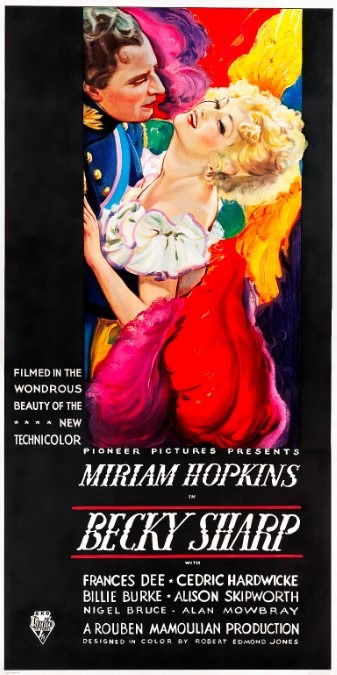
Three-Strip Revolution: The Golden Age of Technicolor (1932-1955)
While two-color Technicolor brought unprecedented visual richness to cinema, it was 1932's introduction of the revolutionary three-strip process that truly transformed filmmaking forever. This innovative technology captured separate color records through a beam-splitting prism onto three film strips, delivering superior chromatic saturation and detail.
Becky Sharp (1935) made history as the first full-length three-strip Technicolor feature, but it was films like The Wizard of Oz that showcased the process's true potential. Technicolor's partnership with Disney and its strict Color Advisory Service guaranteed consistent quality as the technology matured. The introduction of Technicolor in 1932 was part of a series of technological advancements that fundamentally changed the filmmaking process and contributed to studio consolidation during the 1930s.
Technical Marvels: How the Technicolor Camera Worked
Behind every Technicolor masterpiece stood an engineering marvel that few audiences ever saw: the imposing DF-24 camera. This blue-painted steel behemoth, insulated with asbestos, revolutionized the motion picture industry from the earliest days of color film.
The camera's ingenious design captured stunning imagery through:
A technological triumph that split light into three perfect color records, revealing cinema's spectacular chromatic potential.
- A sophisticated beam splitter that divided incoming light into three separate color components
- Three strips of 35mm film running simultaneously to record red, green, and blue elements
- Precision optics that guaranteed finer detail than competing processes like Eastmancolor
- New levels of chromatic saturation that transformed the industry's visual possibilities
You'd find Natalie Kalmus and her Color Advisory Service enforcing strict quality control on films shot with these cameras, emphasizing natural, restrained color schemes that became Technicolor's hallmark.
The 1940s witnessed the full maturation of this technology when Technicolor's three-color process incorporated a split-cube prism that dramatically improved color accuracy and vibrancy in cinematic storytelling.
Technicolor's Transition to Eastmancolor and Modern Processes
Three major factors contributed to Technicolor's decline by the mid-1950s: cost, compatibility issues with emerging widescreen formats, and industry demand for streamlined production. The film industry had embraced Technicolor's three-strip process as the gold standard for color films, but by mid-decade, over half of Hollywood productions had switched to single-strip processes like Eastmancolor.
Eastmancolor offered studios significant advantages—it was cheaper and worked better with new widescreen formats that audiences craved. The shift happened quickly, with Technicolor retiring its three-color cameras and sometimes modifying them for new formats. The Ladykillers (1955) stands as the last film shot with unmodified three-strip Technicolor equipment, marking the end of an era as black-and-white films and Technicolor's dominance gave way to modern color processes.
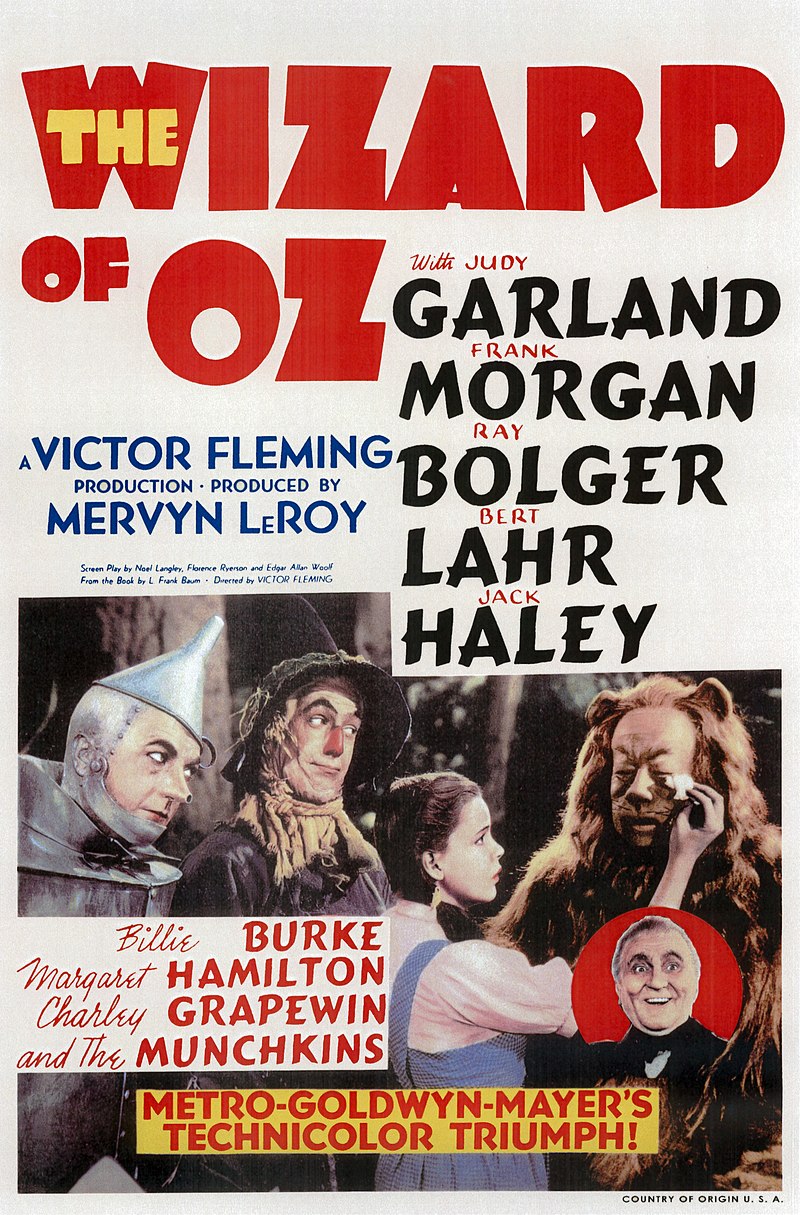
Iconic Films That Defined the Technicolor Aesthetic
Certain films stand out as defining moments in Technicolor's history, showcasing how the revolutionary process transformed cinema from monochrome to magnificent color spectacles. Herbert Kalmus and Daniel Frost Comstock's three-strip technology enabled directors to craft visually stunning masterpieces that captivated audiences:
- The Wizard of Oz (1939) - The shift from sepia-toned Kansas to vibrant Oz demonstrated Technicolor's transformative power
- The Adventures of Robin Hood (1938) - Utilized 11 Technicolor cameras to capture medieval England's lush autumnal palette
- Fantasia (1940) - Walt Disney pioneered "color by Technicolor" in animation to accompany classical music
- Black Narcissus (1947) - Showcased Technicolor's emotional expressiveness through color, light, and shadow in Himalayan settings
An American in Paris (1951) further cemented Technicolor's legacy with its spectacular 16-minute dream ballet sequence.
Technicolor's Enduring Legacy in Film Preservation
While Technicolor revolutionized how audiences experienced cinema during its heyday, its most profound legacy may be in film preservation efforts that continue today. The National Museum of American History's Early Cinema Collection provides a window into this historical movement, housing over 60 pieces of early color film technology and two notebooks illustrating the Technicolor process.
The Technicolor camera that filmed "The Wizard of Oz" stands as a national treasure, reminding you of how the Technicolor company transformed motion pictures. These preserved artifacts document the evolution of color motion picture technology that brought the three separate color records together to create the vibrant images we still celebrate.
You'll find evidence of the industry's quest to capture natural color on film through various technologies—from tinting and toning to the three-strip Technicolor method that delivered a full range of color.

